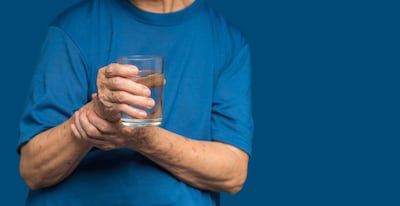Urinary incontinence (UI) in women is a significant and growing health problem that is under-reported, under-diagnosed, and under-treated. It has considerable social and economic impact, and few safe and effective device-based solutions. Stress urinary incontinence (SUI) – involuntary leakage during episodes of increased intra-abdominal pressure from coughing, sneezing, laughing, or exercise – is associated with poor muscle tone in the pelvic floor muscles resulting from vaginal childbirth, pelvic surgery, increased body mass index, smoking, and other factors, and its incidence increases with age. Current evidence indicates that SUI affects 4% to 14% of younger women and 12% to 35% of older women in the US, equivalent to more than 15 million women. These figures are increasing dramatically as the population ages and becomes more obese. (See Exhibit 1.) It is also the primary cause for nursing home admission in the elderly. Millions of patients with mild to moderate incontinence do not seek treatment, and instead manage their condition with absorbent pads, or they avoid physical activity and social situations where they may have incontinence episodes.
Exhibit 1
Read the full article – start your free trial today!
Join thousands of industry professionals who rely on Medtech Insight for daily insights
- Start your 7-day free trial
- Explore trusted news, analysis, and insights
- Access comprehensive global coverage
- Enjoy instant access – no credit card required
Already a subscriber?







